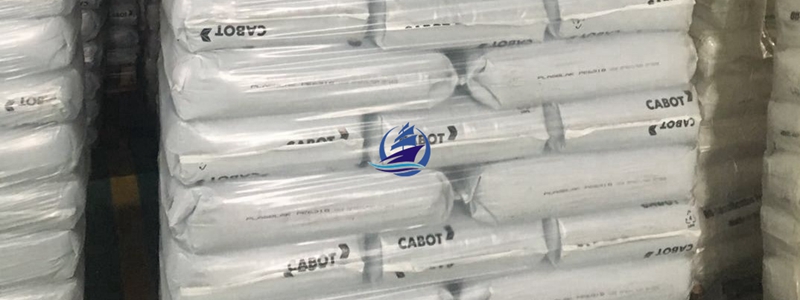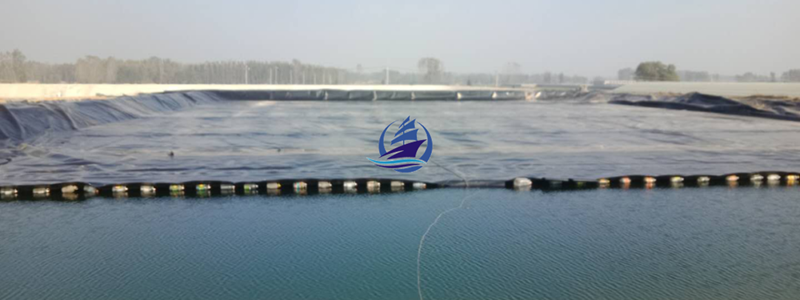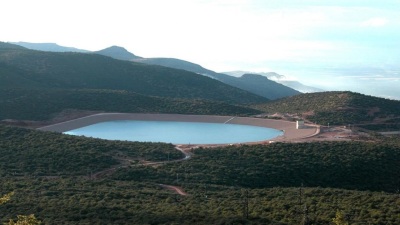
What is HDPE Geomembrane?
※ Geomembrane Definition
Geomembrane is an essential waterproof membrane used to prevent waste material and dangerous chemicals in a human-made project, structure, or system.
※ Geomembrane and its types
According to the raw material, the geomembrane market has many types, including but not limited to:
high-density polyethylene (HDPE)
linear low-density polyethylene (LLDPE)
polyvinyl chloride (PVC)
While according to the uses, the geomembrane can be divided into:
Smooth geomembrane liner
Single-Side Textured geomembrane liner
Double-Side Textured geomembrane liner

※ HDPE geomembrane
Geomembrane liners are made from relatively thin continuous polymeric sheets. High-density polyethylene (HDPE) is a white powder or granular product. Its main advantages are acid and alkali resistance, organic solvent resistance, excellent electrical insulation, and can still to maintain a certain degree of toughness at low temperatures.
Therefore, the raw materials of HDPE membrane are including 97.5% polymer resin (i.e., High-density polyethylene), and various additives carbon black, antioxidants, etc.
We select good raw materials (imported Cabot carbon black, antioxidants, etc.). That is how we can ensure the HDPE geomembrane sheets in high and stable quality.


※ Advantages of Geomembranes
HDPE liner has a small specific gravity, strong elongation, good ductility, corrosion resistance, low heat, and medium frost resistance. Carbon black and other additives are added to the polymer to enhance its resistance to degradation due to exposure to sunlight. The greater thickness will also increase the expected service life.
HDPE geomembrane liner has tensile strength and elongation (index, width, axial symmetry, and joint), tear resistance, impact resistance, puncture resistance, interface shear strength, anchorage strength, and stress cracking (constant load and single point).
Impermeable geomembrane also has endurance properties, a polymer degradation process, and ultraviolet radiation.
□ Withstand temperatures above 100 degrees Celsius.
□ Its melting point varies between 110:135 degrees Celsius.
□ Be more rigid and less resilient to the environment.
□ Can withstand the daily battering from the sun and the elements.

※ Disadvantages of geomembrane
HDPE geomembrane liner is the strongest, but remember that it is more prone to stress cracking and inflexibility. HDPE liners must be entirely welded on site.
※ Geomembrane Cost
Our costs fluctuate due to changes in oil prices and exchange rates.
※ Geomembrane Companies
Geomembranes market leaders are: AGRU America Inc., Atarfil Sl, Solmax International Inc., etc.
※ Geomembrane Applications
When selecting a geomembrane, we should choose the most suitable geomembrane for the applications.
Water
Agriculture & Aquaculture
Transportation
Energy
Mining
Landfills
Salt

※ Geomembrane Projects








